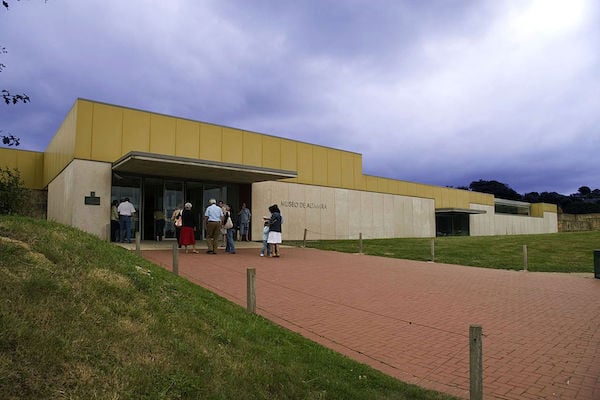
Photo: Courtesy of the museum.
This past Saturday, the Fundación Botín released a statement announcing the tragic passing of José Antonio Lasheras, who has served as director of the Museo Nacional y Centro de Investigación de Altamira (Altamira National Museum and Research Centre) since 1991.
El País reports that the 60-year-old conservator and archeologist was fataly injured in a road accident on Friday evening in the province of Burgos, near Cantabria, where the Altamira caves are based.
According to the Spanish newspaper, Lasheras’s car collided head on with another car. The museum director’s wife, who was in the car with him, was badly injured in the accident. She is currently in hospital in serious condition.
Altamira cave art.
Photo: courtesy UNESCO.
“José Antonio Lasheras was the main force behind the modernization of the Altamira National Museum and one of the responsible parties for making it one of the best pre-historic museums in the world,” Javier Botín, president of the Botín Foundation and member of the Altamira board of trustees, said in a statement.
Lashera’s apt management of the priceless rupestrian treasure has been praised by many, but it was perhaps his Neocave project that cemented his position as one of the top prehistoric museum directors.
The Neocave is a reconstruction of the Altamira caves as they would have been between 35,000 and 13,000 years ago. The true-to-size, tridimensional, and rigorous reproduction allows visitors to experience the habitat and art of the Paleolithic inhabitants of the cave as they would have.
Students at the Altamira Neocave.
Photo: Rapilor via Wikimedia Commons.
Launched in 2001, the Neocave was a successful attempt to deal with the pressing need to limit public access to the original caves, which were suffering damages due to the large number of visitors. The Altamira Caves were designated a UNESCO World Heritage Site in 1985 and have been dubbed the “Sistine Chapel of Palaeolithic Art.”